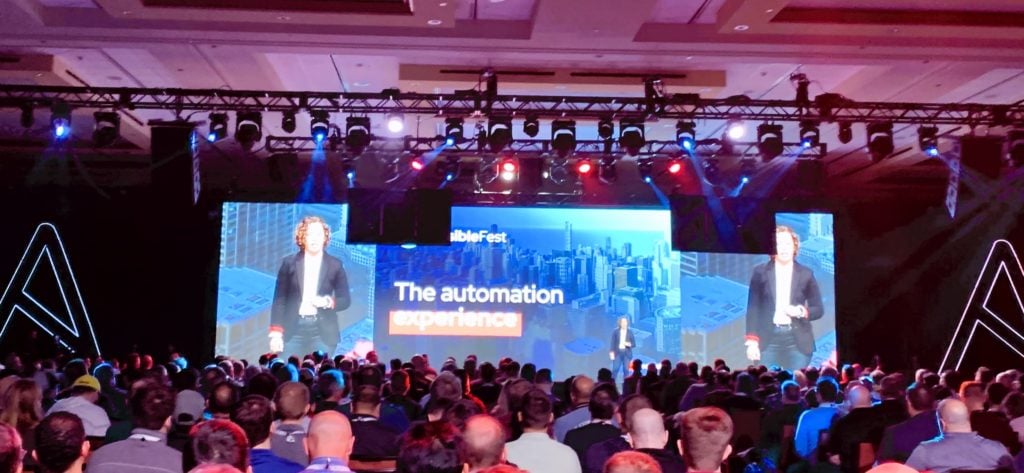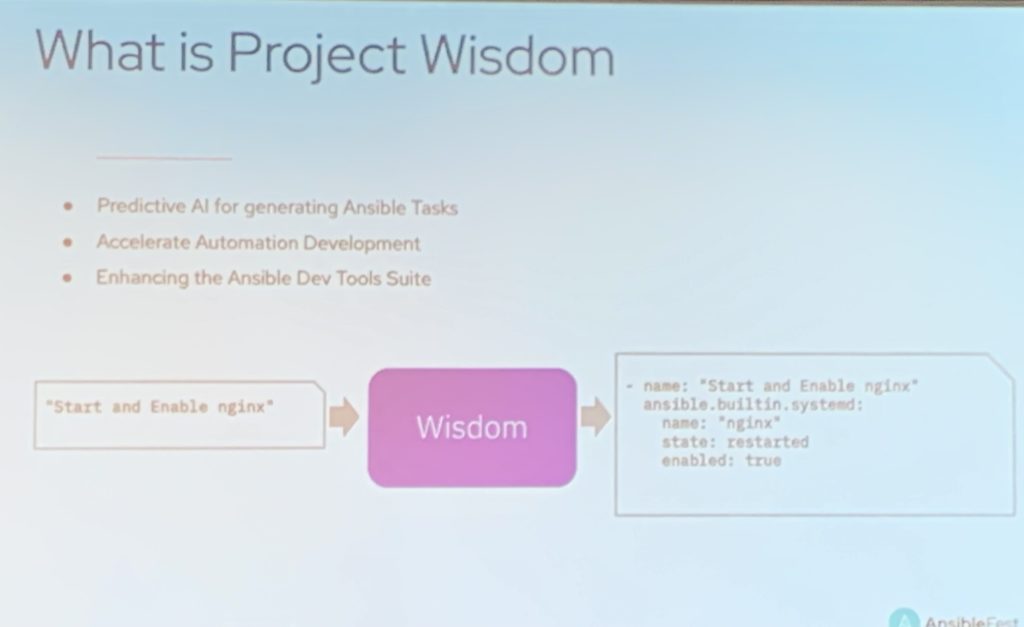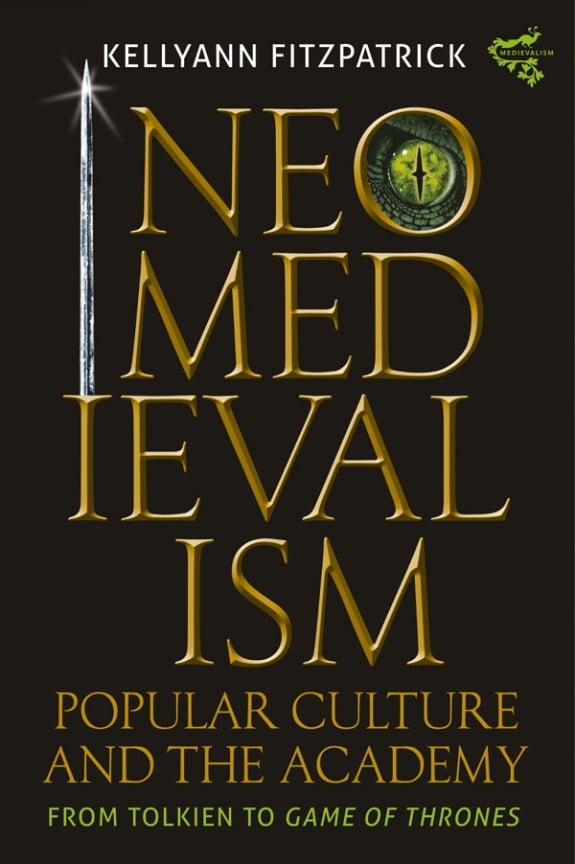I attended AnsibleFest 2022 last month in Chicago with my colleague Morgan Harris, RedMonk’s excellent Account & Engagement Manager. While I have captured my key takeaways from the event in this Quick Take video (and yes, that is some AnsibleFest 2022 swag in the background), I wanted to highlight a few thoughts here.
The (in-person) automation experience
This was the first in-person AnsibleFest since 2019, and this year’s theme–“The Automation Experience”–emphasized that in-person event attendance is truly experiential. As I note in my recap:
The event was held in Chicago entirely at the Sheraton Grand, which is on the Chicago Riverwalk. The Riverwalk is a 1.25 mile path along the Chicago River, and the the initial opening night reception was supposed to take place outside along the Riverwalk. But because the forecast called for snow in October, the event was moved inside. Now, the return to an in-person event meant the return of things like swag and button walls and booths and even in-person arcade games, which are kind of really old school, if you like that type of thing. But it also meant walking into a keynote room that was packed full of 1000 people with flashing lights and music. And I feel like that type of energy is really hard to capture online

#AnsibleFest pic.twitter.com/ITz6eoZ7Pi
— Morgan Harris (@MorganKHarris1) October 18, 2022
While I was not surprised to see such a strong turnout (because Ansible has a great community), I was nonetheless impressed by it, and very much enjoyed the spontaneous conversations–the “hallway track”–that I found myself in throughout the event.
Communication and Collaboration
The keynote lineup also leveraged the in-person experience to talk about how different groups communicate and collaborate–both in person and virtually. I was delighted to see this topic featured so prominently in the Day 1 keynote. As I note in the video:
Adam Miller in his initial day one talk, talked a lot about some of the challenges of connecting different parts of the Ansible community, which he described as having different segments. Ansible is a very flexible automation technology and is used in different ways, with different constituents. And one of the problems they ran into is that all of these different constituents were communicating, using different tools, some using Discord, some using some (perhaps) older technologies.
So one of the things that Adam talks about is needing to find a solution that would allow folks to use the communication channels that they are used to, but also communicate across channels. So he talks about something called Matrix, which is a technology that they use to bring all of these folks together. And I really like that one of the examples in his keynote of why they decided they had to do this is that there was a group of tech writers associated with Write the Docs who wanted to work on Ansible documentation, but needed some communication channels in order to make this collaboration happen. Clearly, it did happen. And to my mind, whenever you can put tech writers and automation together, that’s like an unstoppable combination.
It is also worth pointing out that other news outlets took note of this emphasis on communication and collaboration.
Announcements
As with most tech events, AnsibleFest generated a number of feature and partnership announcements, such as availability of the Ansible Automation Platform on the AWS Marketplace and the Azure Marketplace. For me, the most interesting announcements were around Event-Driven Ansible and Project Wisdom.

Morgan’s Takeaways
Notably, this was Morgan’s first in-person tech event (aside from The Monktoberfest 2022) that she attended as a Monk, and I am especially grateful to Red Hat for hosting such a welcoming event, as we are already making plans for what events Morgan might get to in 2023. When I asked Morgan what her takeaways were from the event, she was kind enough to send me the following (which I paraphrase in the video):
Having some professional familiarity with one area of automation (email marketing and automation), I was pleasantly surprised at all of the other industries that were finding success in automation solutions from movie studios like Paramount, to [educational] institutions like Harvard to more expected verticals like financial services (Ally Financial actually sent a group of 10 attendees to the Fest)
In addition to the variety of industries represented by the attendees, Morgan was also impressed with the event content itself:
The breadth of the sessions was just right, from Automation 101s that touched on a variety of user stories to encourage attendees to imagine such success in their orgs (and bring these stories to leadership to make sure that they were on-board), case studies in which people shared their collections and specific commands and code, to hands-on labs where you could dig into your actual playbooks with experts in real time.
For takeaways from AnsibleFest 2022, watch the video below or see the full transcript here. Recordings of many of the AnsibleFest 2022 sessions (along with some virtual-only content) are available on the AnsibleFest Content Hub (registration wall alert!).
Disclosure: Red Hat is a RedMonk client; the video discussed here was sponsored by Red Hat, but this post was not, and the content of the video was under RedMonk’s editorial control.

No Comments